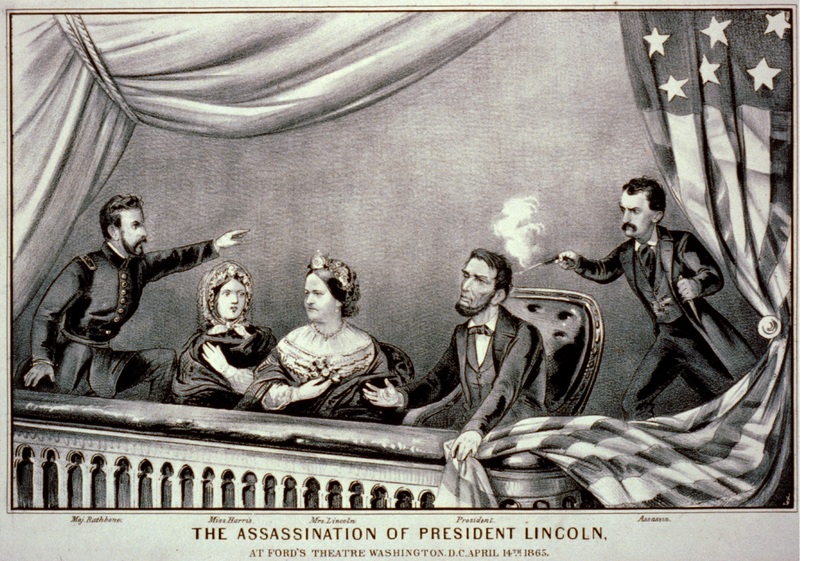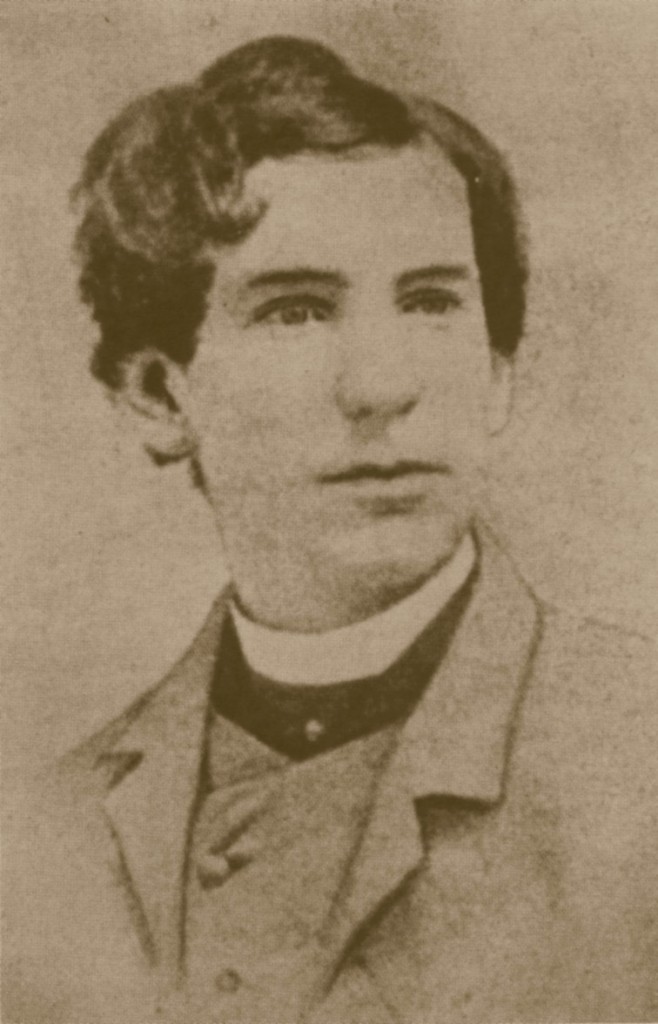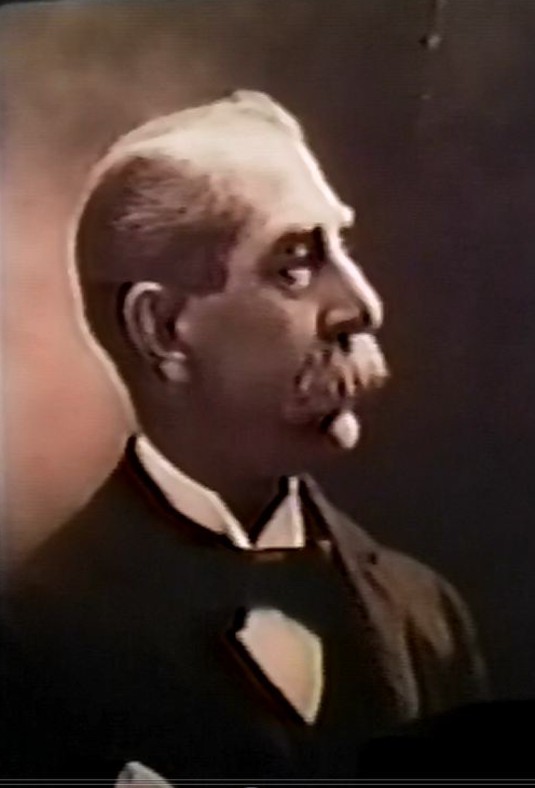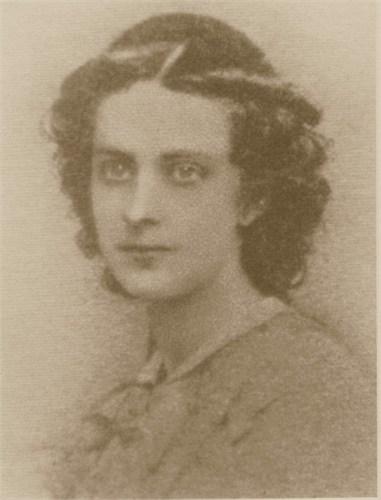Best of 2012 – Pennsylvania Connections to the Lincoln Assassination
Posted By Norman Gasbarro on December 27, 2012

Most stories of the assassination of President Abraham Lincoln begin the same way. The author gives the date of Friday 14 April 1865 and mentions that Lincoln was taking in a play as a form of winding down from the pressures of office and four years of war. A brief description of the activities of the assassin then follows. Before the end of the play, a shot is fired, the assassin leaps to the stage and then disappears out the back door of the theatre. A manhunt follows, the assassin is tracked down, conspirators are found and tried, and four of those found guilty are executed. The country goes on from the transfer of power and an era of reconstruction and reconciliation follows.
If that were all there were to the story, it wouldn’t be told and re-told.
What do we really know that happened that night – and in the days before and the days that followed?
Over the years, different authors and historians have embellished the story – with both fact and fiction. There has been an attempt to unravel and expose conspiracies. Documents have been collected. Artifacts have been studied. Museums have devoted entire exhibits to the assassination. Different approaches have been pursued, and the assassination and the people and events surrounding it have been the subject of speculation, curiosity, and in some cases, Lincoln himself has become the object of religious and/or patriotic reverence.
Hundreds of articles and books have been written on the subject.
One perspective that has not yet been fully explored is the Pennsylvania connections to the assassination. In a series of posts to follow, the various characters that took part in the aspects of it – from the players in the theatre, to the members of the audience, the members of the various suggested conspiracies, those who took part in the search and capture of the alleged perpetrators as well as in the trial – aspects will be examined that heretofore have not been given much thought. Have logical conclusion been drawn from the information? What has been speculative and hypothetical?
In these future posts, legends and hoaxes will be explored. There will be book and article reviews and analyses of original sources. Questions will be asked which will hopefully lead to further research and understanding of what happened that night in Washington – and of the events and circumstances surrounding it. Readers are always invited to comment on posts and offer suggestions as well as new information.
Following is a lists of the posts on the Lincoln Assassination that have appeared this year on this blog with direct links to the posts. The posts are grouped by the four “main characters” who were the subjects of study this year – all participants in the production of Our American Cousin at Ford’s Theatre on the night of 14 April 1865: Laura Keene, the star of the production; William J. Ferguson, the call-boy turned substitute actor for the evening; William Withers Jr., the orchestra leader; and Jeannie Gourlay, an actress in the play.
—————————————————————
Introduction
The Assassination of Abraham Lincoln
————————————————————–
Laura Keene

Laura Keene Arrested at Harrisburg
Laura Keene and the Bloody Dress
The Architecture of Ford’s Theatre & Laura Keene
The Journey of the Bloody Dress of Laura Keene
The Bloody Dress of Laura Keene Arrives in Baltimore
Baltimore to Harrisburg – The Bloody Dress of Laura Keene
Laura Keene and the Bloody Dress – To Cincinnati
Laura Keene and the Bloody Dress – In Cincinnati
———————————————————-
William J. Ferguson

W. J. Ferguson – Silent Film Star & Assassination Witness
W. J. Ferguson – “I Saw Booth Shoot Lincoln”
The Career of William J. Ferguson
The Credibility of William J. Ferguson
———————————————————–
William Withers Jr.

William Withers Jr. – Lincoln Assassination Witness
Testimony of William Withers Jr. – Lincoln Assassination Witness
William Withers Jr. – Lincoln Assassination Witness – Resources for Study
The Credibility of William Withers Jr. – Lincoln Assassination Witness
————————————————————–
Jeannie Gourlay

Jeannie Gourlay – Cast Member at Ford’s When Lincoln Was Assassinated
Jeannie Gourlay and Norman Harsell – The Film That Never Was
Jeannie Gourlay and the Lincoln Flag
Jeannie Gourlay – Bibliography
 ;
;


Comments